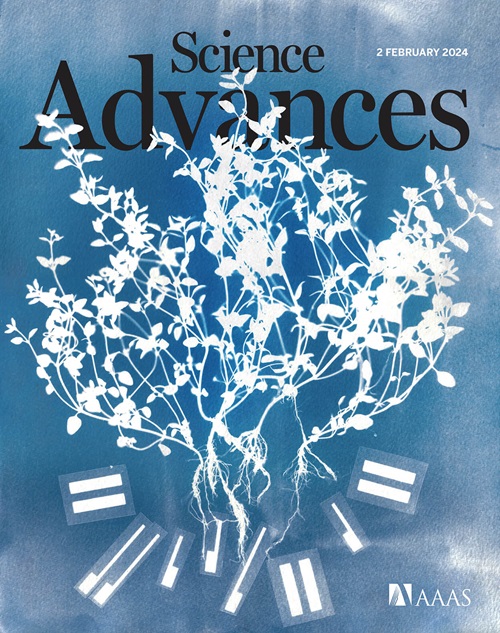The emergence of human primordial germ cell–like cells in stem cell–derived gastruloids
IF 11.7
1区 综合性期刊
Q1 MULTIDISCIPLINARY SCIENCES
引用次数: 0
Abstract
Most advances in early human postimplantation development depend on animal studies and stem cell–based embryo models. Here, we present self-organized three-dimensional human gastruloids (hGs) derived from embryonic stem cells. The transcriptome profile of day 3 hGs aligned with Carnegie stage 7 human gastrula, with cell types and differentiation trajectories consistent with human gastrulation. Notably, we observed the emergence of nascent primordial germ cell–like cells (PGCLCs), but without exogenous bone morphogenetic protein (BMP) signaling, which is essential for the PGCLC fate. A mutation in the ISL1 gene affects amnion-like cells and leads to a loss of PGCLCs; the addition of exogenous BMP2 rescues the PGCLC fate, indicating that the amnion may provide endogenous BMP signaling. Our model of early human embryogenesis will enable further exploration of the germ line and other early human lineages.

求助全文
约1分钟内获得全文
求助全文
来源期刊

Science Advances
综合性期刊-综合性期刊
CiteScore
21.40
自引率
1.50%
发文量
1937
审稿时长
29 weeks
期刊介绍:
Science Advances, an open-access journal by AAAS, publishes impactful research in diverse scientific areas. It aims for fair, fast, and expert peer review, providing freely accessible research to readers. Led by distinguished scientists, the journal supports AAAS's mission by extending Science magazine's capacity to identify and promote significant advances. Evolving digital publishing technologies play a crucial role in advancing AAAS's global mission for science communication and benefitting humankind.
 求助内容:
求助内容: 应助结果提醒方式:
应助结果提醒方式:


